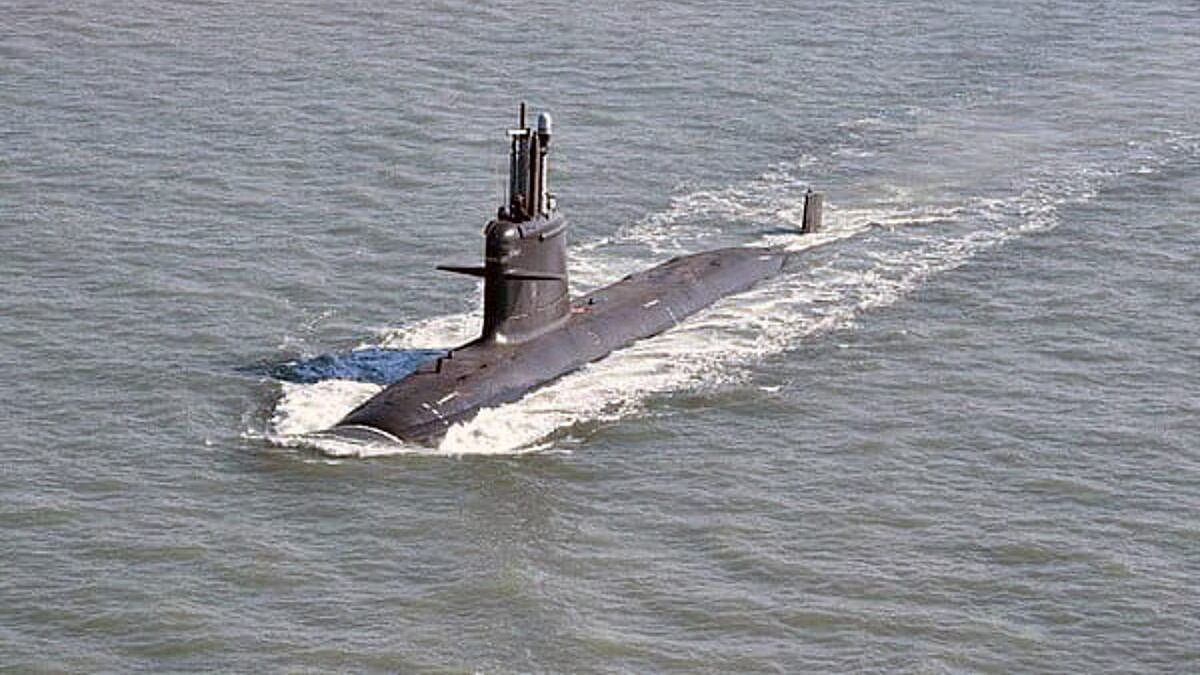Larsen & Toubro (L&T) said on Monday that it had signed a deal with Spain’s Navantia to work together on a techno-commercial bid for the Indian Navy’s P75 (India) submarine program.
The cost of the P75 (India) Submarine Project is projected to be €4.8 billion, which is more than Rs 43,500 crore. It is India’s biggest defense project.
Project 75 (I) says that the Indian bidder must team up with a Foreign Collaborator (FC) and run the program to produce six conventional submarines with Air-Independent Propulsion (AIP) while meeting the goals for Indigenous Content.
After this, there would be a 30-year lifecycle maintenance deal with the same value. The ambitious Strategic Partnership (SP) plan for buying things from the Ministry of Defense would be used for the first time on P75(I).
L&T and Navantia signed a Memorandum of Understanding (MoU) for the program on April 11, 2023, in Madrid. This has now come to a close.
According to the agreement, Navantia would develop P75(I) submarines based on its S80 class submarines. The first S80 class submarine was launched in 2021 and is currently going through sea trials before being given to the Spanish Navy at the end of 2023.
Aside from the S80 class, Navantia has worked with DCNS (now Naval Group) of France to design and build the Scorpéne class of submarines, which have been sold to Chile and Malaysia. Navantia was also involved in the Scorpene (Kalvari class) submarines that were built in India, including helping to run the Indian yard.
“Navantia’s 300-year history of building ships and technical know-how gives us a competitive edge in this program. We can offer the Bio-Ethanol Stealth Technology (BEST) and an environmentally friendly AIP option. The CEO and MD of L&T, S. N. Subrahmanyan, said, “We are committed to giving the Indian Navy the most modern solution it needs at a fair price.”
L&T said in a news release that the P75(I) program calls for an AIP system to be integrated. The most advanced and efficient AIP system in the world is Navantia’s 3rd Generation AIP solution. It is also the smallest, easiest to use and operate, and best for the environment.
It gets the hydrogen it needs from bioethanol, which is known to be cheap, easy to get, and not need any special equipment. The AIP method works better when there is a lot of hydrogen in the ethanol. Since ethanol is a liquid, it doesn’t have any of the risks that come with keeping hydrogen. Also, the system can be refueled anywhere in the world because ethanol is easy to find.
L&T and Navantia also want to work together on other military programs and green energy projects, such as offshore wind energy through Navantia’s Seanergies business.
Alvarez Blanco said, “It makes us very happy to be able to work with P75(I) on its design and technology. We also work with L&T on the Landing Platform Dock (LPD) program, whose tender is widely awaited. With these two important programs for the Indian Navy, Navantia is proud to play a key role in helping India, a country with which Spain has good relations, meet its defense goals.
